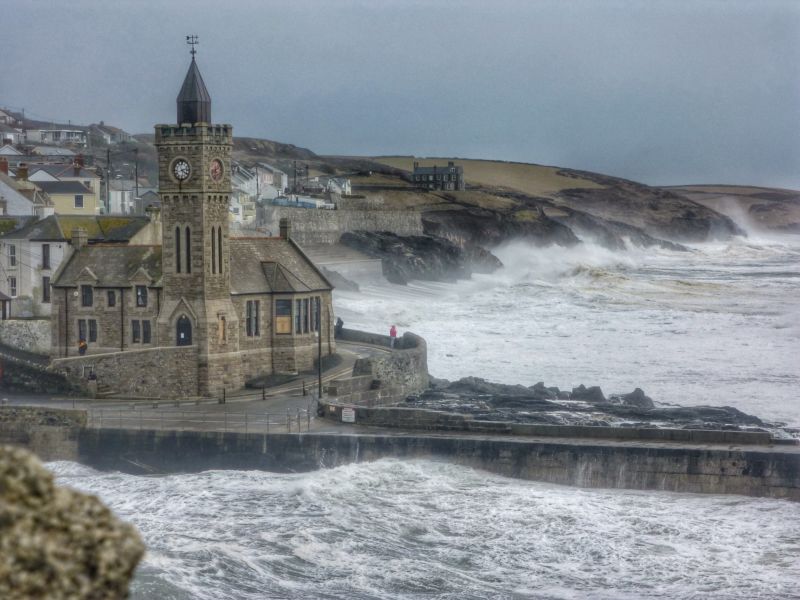
Local weather change is usually mentioned in reference to the place issues might be in 2100, however the story clearly would not finish that 12 months. Sea-level rise particularly has a formidable quantity of inertia, and a really very long time will cross earlier than it has performed out totally. What's going to our emissions have set in movement on longer time scales?
Projecting sea-level rise within the 12 months 2100 is troublesome sufficient, partly as a result of the habits of the world's ice sheets and glaciers is diverse and complicated, and partly as a result of it relies upon in an enormous manner on how a lot greenhouse gasses we proceed emitting. Take future emissions off the desk, although, and it is doable to consider what occurs out to 2300.
The long run is actual
That is what a group led by Alexander Nauels did in an evaluation primarily based on a mix of our previous emissions and the present Paris Settlement pledges for emissions by way of 2030. Nauels and his colleagues used a easy mathematical mannequin calibrated towards the outcomes printed within the most recent IPCC report. Somewhat than operating an enormous world simulation on a supercomputer, they calculated the connection between emissions and sea-level rise in earlier simulations—which projected out to the 12 months 2300. This additionally allowed them to shortly course of a number of variations of their query.
Contemplating solely emissions by way of 2030 creates a hypothetical state of affairs by which warming peaks round 1.5°C above preindustrial temperatures and begins dropping earlier than the top of this century. This ends in about 43cm (17 inches) of sea degree rise by 2100, and 105cm (41 inches) by 2300. That is what greenhouse gasoline emissions by way of 2030 commit us to, even when we emitted nothing after that.
By repeating the calculation with the emissions of particular person nations/teams eliminated, the researchers additionally divvied up the sea-level rise that prime emitters are chargeable for. They did this for time intervals ranging from 1991, when the IPCC studies started and nationwide emissions accounting turned extra dependable.
For emissions from 1991-2030, the estimated sea-level-rise contribution for every area in 2300 is: 10cm from China, 7cm from the US, 5cm from European Union nations (right here together with the UK), and 2cm every from India and Russia.
To cowl the upper finish of the danger spectrum, the researchers additionally produced a 2300 projection primarily based on a controversial ice-sheet mannequin that simulates larger ice loss. The mannequin included new processes, together with one that permits cliffs of ice on the glacier entrance to break down underneath their very own weight in the event that they exceed a sure peak. The accuracy of this mannequin has been studied and qualified since, however right here it serves an illustrative objective of representing worst-case eventualities.
On this case, it broadens the vary of 2300 sea-level-rise numbers, which now go as excessive as 150cm.
Leaving a mark
Even in these simplified eventualities, there are components that need to be kind of penciled in. Sea-level rise is not solely because of the enlargement of warming ocean water and the contributions of melting land ice. There's additionally a contribution from altering water use on land, which isn't associated to greenhouse gasoline emissions. Depletion of groundwater finally dumps that water into the ocean, whereas damming reservoirs will increase the amount of water residing on land.
These projections of sea degree in 2300 cannot ignore that issue, so the researchers extrapolate out current trends. The results in about 20cm by 2300—or about 20% of the full projected quantity.
Whatever the supply of the water, the take-home level is a well-recognized one: our selections now have long-lasting penalties. For instance, the researchers repeated the calculation for simply the interval coated by the Paris Settlement pledges, from 2016 by way of 2030. Even when nations match their pledges, emissions over this brief time alone might be sufficient to boost sea degree 20cm (eight inches) by 2300—equal to the full quantity we have skilled up to now.
PNAS, 2019. DOI: 10.1073/pnas.1907461116 (About DOIs).
